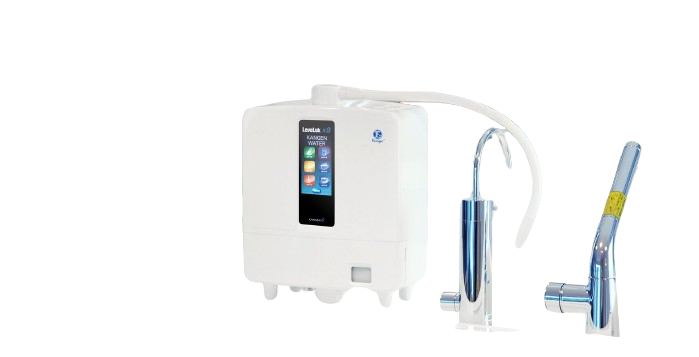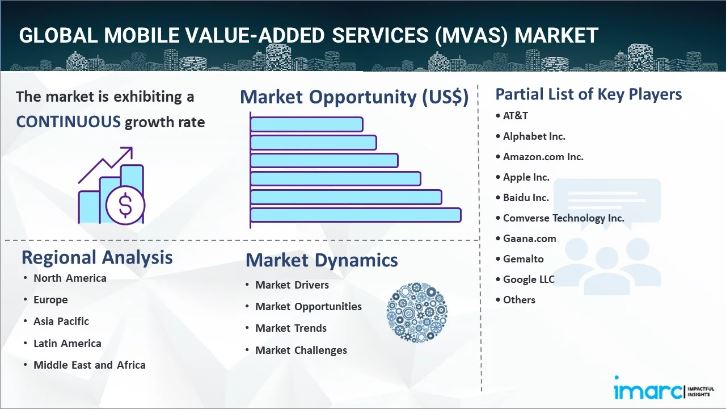In today’s rapidly evolving retail landscape, consumers have a variety of choices when it comes to shopping. The traditional brick and mortar vs ecommerce debate continues to shape consumer behaviors and business strategies alike. Each shopping method offers unique advantages and drawbacks, from the tactile experience of in-store purchases to the convenience of shopping online. Below, we’ll explore the pros and cons of shopping in a brick and mortar vs ecommerce environment to help consumers and retailers better understand the strengths and weaknesses of each.
Pros of Shopping at a Brick-and-Mortar Store
1. Tangible Shopping Experience
One of the greatest advantages of a brick and mortar store is the ability to physically interact with products. Shoppers can touch, feel, and try items, which is particularly beneficial for clothing, furniture, and items that require sensory evaluation.
- Example: A person shopping for a new sofa can sit on it, feel the fabric, and assess its comfort in person, something that online shopping can’t replicate.
2. Instant Gratification
When shopping in-store, consumers can immediately take home the product they purchase, which offers instant gratification. There is no need to wait for delivery, which can take days or even weeks in some cases.
- Example: If someone needs an outfit for an event that night, they can purchase it from a brick and mortar store and wear it right away.
3. Personalized Customer Service
In a brick and mortar store, consumers can ask questions, seek advice, and receive personalized assistance from staff. This face-to-face interaction can make a significant difference, especially for complex or expensive purchases like electronics or home appliances.
- Example: A customer shopping for a new laptop might need assistance in understanding specifications or finding the right product for their needs. The in-store staff can guide them through the process.
4. Social and Leisure Aspects
Shopping in physical stores can be a social activity. Many people enjoy the process of browsing through stores with friends or family, making a day out of visiting malls or shopping centers. The environment itself can enhance the experience, with cafés, food courts, and other attractions creating a pleasurable outing.
- Example: A group of friends might visit a mall to shop for clothes, have lunch, and spend time together, making the experience more about socializing than just shopping.
5. Avoiding Delivery Issues
When shopping in-store, consumers avoid issues related to shipping such as delays, lost packages, or damaged goods. This ensures that they leave the store with exactly what they want, without the potential complications of delivery.
- Example: Buying a fragile item like glassware is often safer in person, as there’s no risk of it breaking during transit.
Cons of Shopping at a Brick-and-Mortar Store
1. Limited Hours of Operation
Brick and mortar stores are confined to specific business hours, which may not always be convenient for everyone. Consumers with busy schedules might find it difficult to visit during regular hours.
- Example: Someone working a 9-to-5 job may struggle to find time to visit a store before it closes.
2. Geographic Constraints
Shopping in a brick and mortar store is limited by geography. Consumers need to travel to the store, which can be time-consuming, especially if it’s far from their location. This can also add extra costs in terms of fuel or transportation.
- Example: A person living in a rural area might have to travel over an hour to get to a store that carries the products they need.
3. Limited Product Selection
Physical stores are restricted by their space, which means they may not carry as wide a selection of products as online retailers. Consumers may find that a store doesn’t have the specific model or size they are looking for.
- Example: A customer shopping for a specific brand of sneakers may not find the exact style they want in-store, while an online retailer may offer multiple options.
4. Time-Consuming
Shopping in a brick and mortar store requires time and effort. Consumers must travel to the location, walk through aisles, wait in lines, and deal with crowds, all of which can be frustrating and time-consuming.
- Example: A person shopping for groceries on a busy weekend might spend hours navigating the store, waiting in line, and commuting.
Pros of Shopping Online
1. Convenience
One of the biggest advantages of ecommerce is the convenience it offers. Consumers can shop from the comfort of their own homes, 24/7, without worrying about store hours or geographic location.
- Example: A person can order groceries online while sitting on their couch and have them delivered to their door the next day.
2. Wider Selection of Products
Online retailers often have an almost limitless selection of products. This gives consumers access to a wider variety of brands, styles, and models than they might find in a brick and mortar store.
- Example: A person shopping for electronics might find a specific model of laptop that’s not available in local stores but is easily found online.
3. Price Comparisons and Discounts
With ecommerce, consumers can easily compare prices across different retailers and take advantage of online-only discounts, flash sales, and coupon codes. Many online stores also offer lower prices due to reduced overhead costs.
- Example: A shopper might compare the price of a new TV across five different websites and choose the one offering the best deal.
4. Home Delivery
One of the main advantages of ecommerce is home delivery. Shoppers don’t have to worry about carrying large or heavy items themselves, as they will be delivered straight to their door.
- Example: A person buying a large piece of furniture like a bedframe online can have it delivered and set up without the hassle of transportation.
5. Easy Access to Reviews
Shopping online allows consumers to read product reviews from other customers, which can inform their purchasing decision. These reviews provide insights into the quality, durability, and functionality of products, which is often more helpful than the descriptions provided by the retailer.
- Example: A person buying a new kitchen appliance online can read hundreds of reviews to determine whether the product is worth the investment.
Cons of Shopping Online
1. Lack of Physical Interaction with Products
The most significant drawback of ecommerce is the inability to physically inspect or try the product before buying it. This can lead to disappointment when the item does not meet expectations in terms of size, quality, or appearance.
- Example: A customer buying clothes online might receive items that don’t fit as expected or feel different than what they imagined based on the photos.
2. Delivery Costs and Delays
While home delivery is convenient, it often comes with additional costs and the potential for delays. Some items may require expensive shipping fees, and there’s always a risk of late or damaged deliveries.
- Example: A person ordering furniture online may have to pay a high delivery fee, and the item could arrive late or damaged, adding frustration.
3. Security and Privacy Concerns
Shopping online requires consumers to share sensitive information, such as credit card details and personal addresses. This raises concerns about data breaches, hacking, and identity theft.
- Example: A customer might hesitate to make purchases from smaller, lesser-known online retailers due to fears of compromised security.
4. Difficult Returns
Returning products purchased online can be more complicated than in a physical store. Some ecommerce platforms have strict return policies, and consumers often need to ship the item back at their own expense.
- Example: A person might have to pay shipping fees to return a defective product purchased online, making the process more inconvenient than returning an item in-store.
5. Impersonal Shopping Experience
Online shopping lacks the personalized customer service that brick and mortar stores provide. Shoppers don’t have immediate access to knowledgeable staff who can help answer questions or provide recommendations.
- Example: A customer purchasing technical equipment online might struggle to choose the right model without professional guidance, resulting in dissatisfaction with their purchase.
Conclusion
The brick and mortar vs ecommerce debate highlights distinct pros and cons for each shopping method. While brick and mortar stores offer a tactile experience, instant gratification, and personalized service, they come with limitations in terms of product selection, operating hours, and geographic constraints. Ecommerce, on the other hand, offers convenience, a wider product range, and easy access to reviews, but lacks the physical interaction with products and carries potential delivery delays. Ultimately, the choice between the two depends on individual preferences, shopping needs, and lifestyle factors. Both retail formats are likely to coexist, with many consumers embracing a hybrid approach to shopping.




